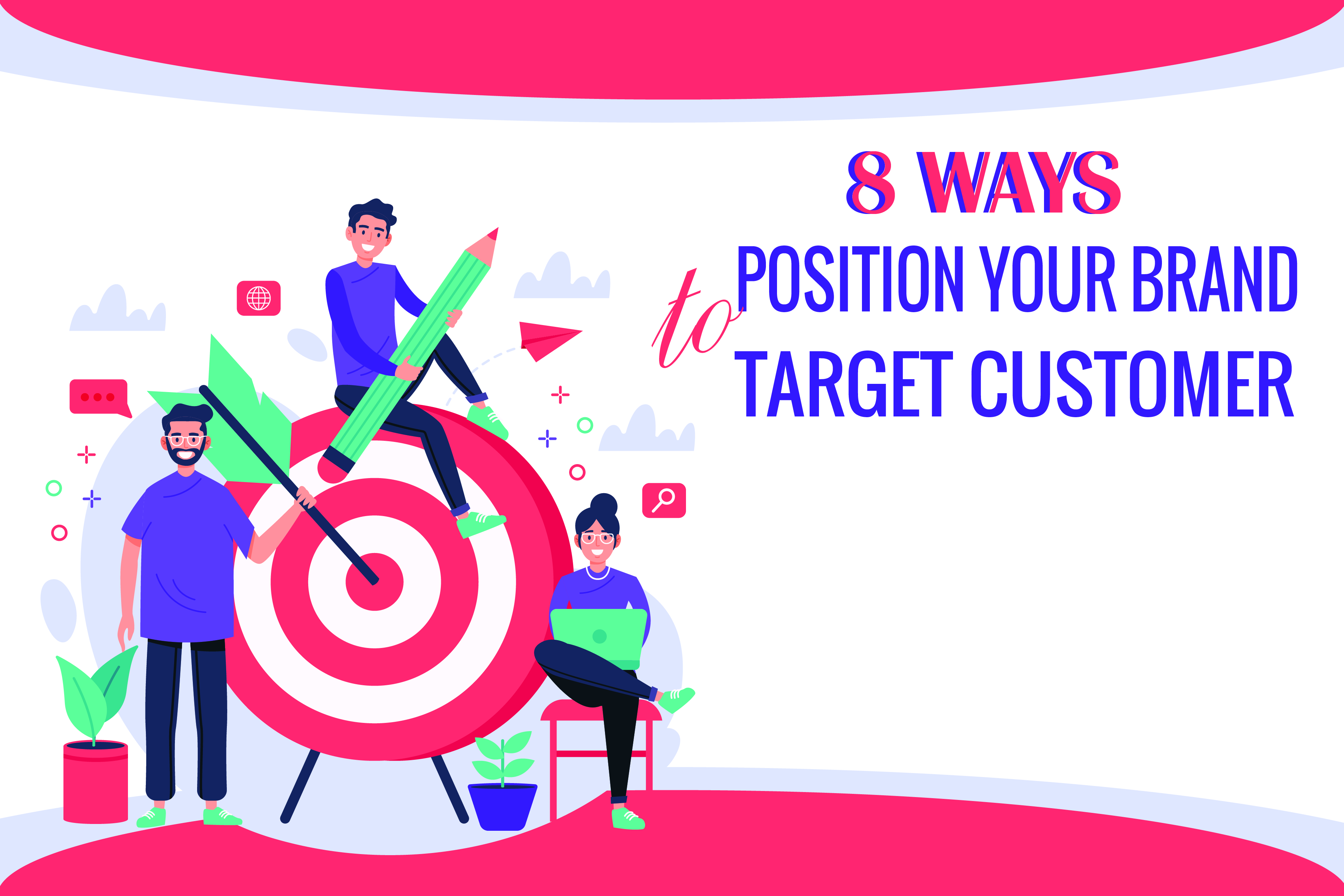Here's how to avoid falling into the trap of a startup that tries to become too many things to too many people. Attracting the right customers is the key to success in business, whether you have a startup or you've been in business for years.

In my role as an adviser to entrepreneurs, I often see businesses make the mistake of trying to be too many things for too many people. For example, Xerox tried to broaden the use of "xerox" as the standard term for "photocopying" to extend the company's existing customer segment into office automation and all kinds of computing. As Xerox watched its market share dwindle instead, it realized too late that these segments were already defined, and the company needed a new focused brand to attract customers from other segments.
These days, branding is less about products or solutions, and more about the overall customer experience and expectations. If the shopping process, delivery, and support level does not match customer expectations, no innovative product features will compensate. And the result will be less visibility and slower growth, with fewer delighted customers and little word-of-mouth marketing.
In my experience, it's best to start by selecting your desired customer segment first and match it with a branding model that best fits those customers. After that, you're ready to design your product, marketing, shopping environment, delivery model, and support around that model.
Don't know which branding model is for you? Here are eight common models for you to start considering, ideally before you design your product or launch your service.
1. Premium or exclusive solution
The audience for this business model is limited, so make sure you can deliver to their expectations. Existing brands such as Tesla, Virgin Atlantic, Rolex, and Harvard University seek to appeal to this elite customer segment, implying prestige, exclusivity, and high customer personalization.
2. Lowest-cost solution with minimal customization
At the other end of the spectrum, many startups and big companies, including Amazon and Walmart, expand their customer segment by being the most cost efficient, with low overhead and little customization. Don't attempt this model without high automation and a big investment up front.
3. Family or hometown business everyone can trust
Many customers are highly attracted to these local businesses, where they may know the owner and always enjoy the warmth and intimacy of a personal customer experience. This is by far the most common brand out there, but without rebranding, it has very limited potential for growth and scaling.
4. Tech-focused service that solves complex problems
Companies in this realm typically are thought of as a service business, even though they may offer product components as well. The customer experience is a function of satisfaction with the service, support, and usability of complex products. Examples would include ADT Security Services and IBM.
5. Service business to find the best solution
Examples of this business model and brand would include companies like Airbnb for finding places to stay, and Expedia for the best airline reservations. To be successful in this type of business, you need to satisfy two customer segments: the solution provider and the end-user customer.
6. Recognized expert and specialist in one domain
Depth of focus is both the strength and the weakness of this model. The message is easy to communicate, but there is always the temptation to move to a mass market for growth. You can find specialists in almost every industry, and their success is gated to customer experience and reviews.
7. Driven by purpose more than profits
For some market segments, there is no greater attraction than a worthy cause, where business success is a byproduct of the company focus, rather than the primary objective. Examples include Patagonia's commitment to sustainability while selling clothing, and Whole Foods, the organic grocer.
8. Public utility required by all customer segments
Becoming a recognized brand as a public utility may be difficult and costly, since most of these positions are already occupied by large companies with long histories. You may be able to provide cheaper electrical power via solar, but bureaucratic regulations and credibility can be expensive.
In my experience with startups, brand positioning is often done last, after all the cost and quality tradeoffs, options, packaging, and support process are set. For example, technologists will try to build the best high-tech product, and then somehow expect to become the low-cost, high-volume provider for the nontech market segment. It's a recipe for disaster.
Other companies try to change their branding later, like when growth stalls, without any changes to product or process, trying to attract an additional market segment for growth. This approach is equally fraught with peril.
My message is to make branding an integral part of your solution design process, and keep it there.